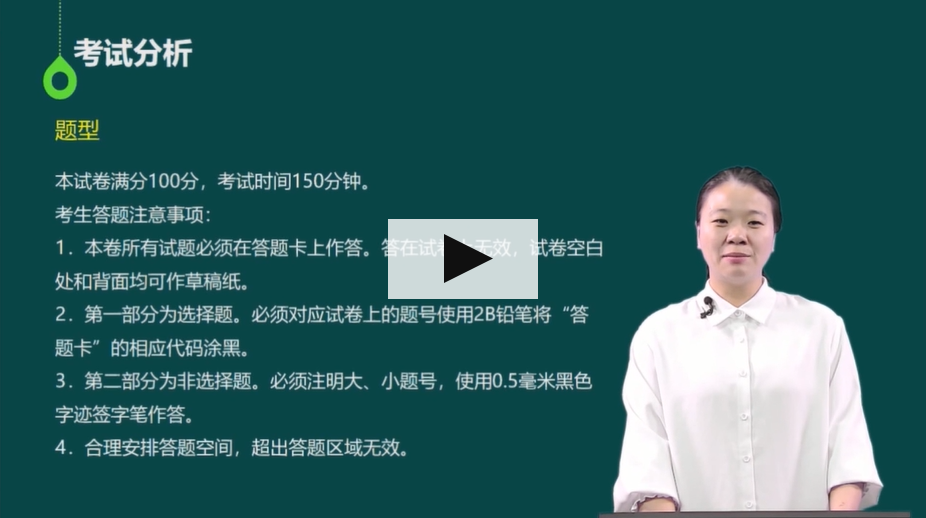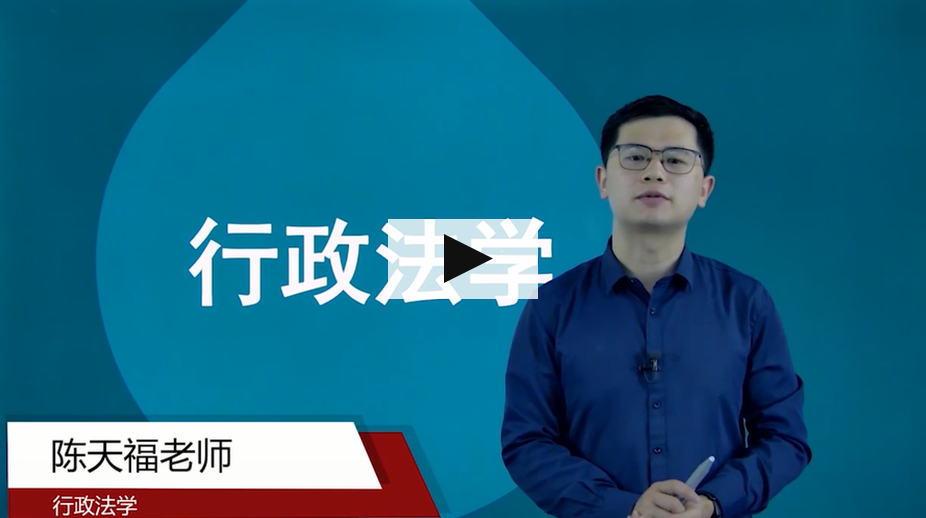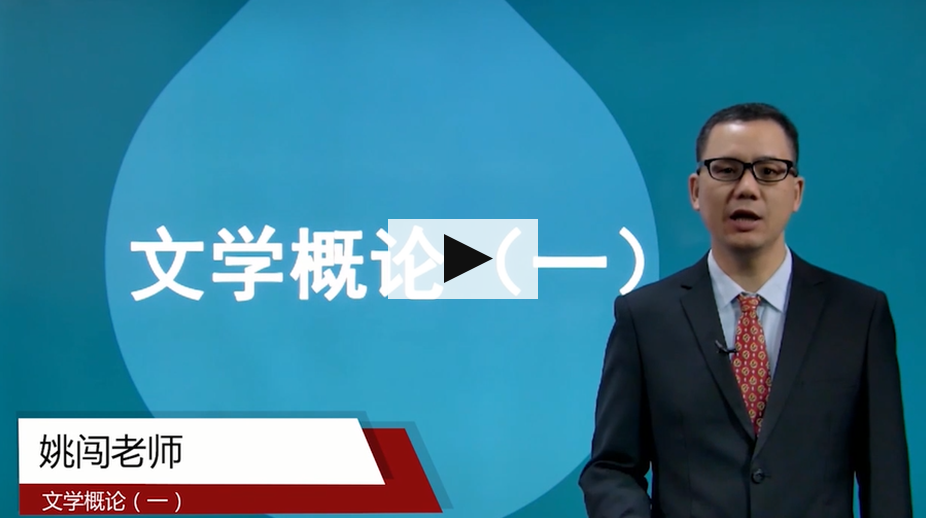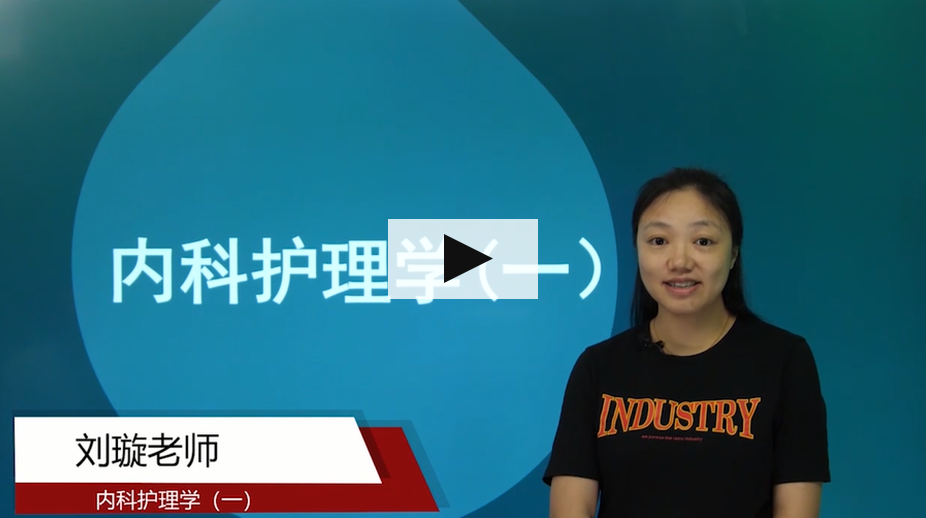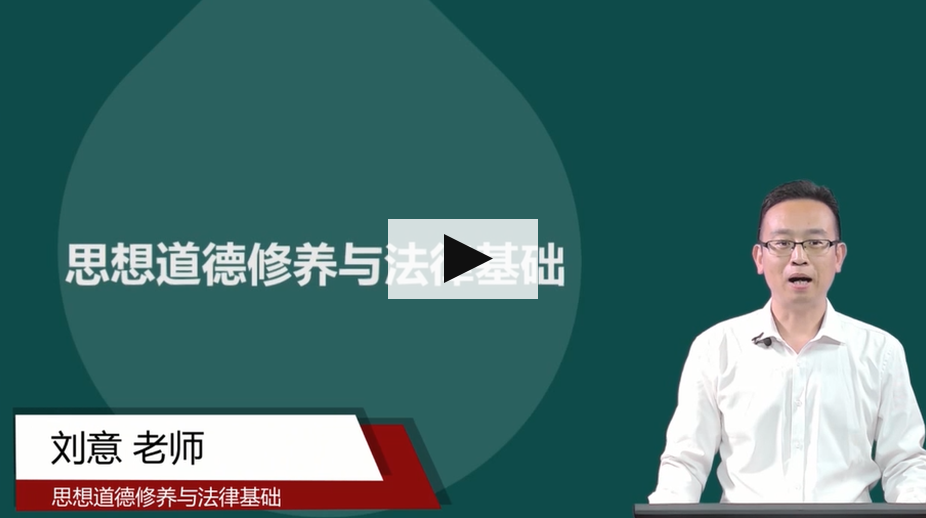自考英美文学选读名词解释十五
211. Parallelism(平行)
(a figure of speech) The use of phrases, clauses, or sentences that are similar or complementary in structure or in meaning. Parallelism is a form of repetition.
212. Pathos(哀婉)
The quality in a work of literature or art that arouses the reader‘s feelings of pity, sorrow, or compassion for a character. The term is usually used to refer to situations in which innocent characters suffer through no fault of their own.
213. Persuasion(说服)
It‘s the type of speaking or writing that is intended to make its audience adopt a certain opinion or perform an action or do both. Persuasion is one of the major forms of discourse.
214. Pictorialism(图像)
It‘s an important poetic device characterized by efforts to achieve striking visual effects. Among its features are irregularity of line, contrast or enchantment of light, color and image. Other means of pictorialism include personification, juxtaposition and the matching of colors with verbs of action.
215. Pre-Romanticism(先浪漫主义)
It originated among the conservative groups of men and letters as a reaction against Enlightenment and found its most manifest expression in the “Gothic novel”。 The term arising from the fact that the greater part of such romances were devoted to the medi times.
216. Protagonist(正面人物)
The central character of a drama, novel, short story, or narrative poem. The protagonist is the character on whom the action centers and with whom the reader sympathizes most. Usually the protagonist strives against an opposing force, or antagonist , to accomplish something.
217. Psalm(圣歌)
A song or lyric poem in praise of God.
218. Psychological Realism(心理现实主义)
It is the realistic writing that probes deeply into the complexities of characters‘ thoughts and motivations. Henry James is considered the founder of psychological realism. His novel The Ambassadors is considered to be a masterpiece of psychological realism.
219. Pun(双关语)
The use of a word or phrase to suggest tow or more meaning at the same time. Puns are generally humorous.
220. Quatrain(四行诗)
Usually a stanza or poem of four lines. A quatrain may also be any group of four lines unified by a rhyme scheme. Quatrains usually follow an abab, abba, or abcb rhyme scheme.
221.Quintain(五行诗)
the five-line stanza.
222. Refrain(叠句)
A word phrase, line or group of lines repeated regularly in a poem, usually at the end of each stanza. Refrains are often used in ballads and narrative poems to create a songlike rhythm and to help build suspense. Refrains can also serve to emphasize a particular idea.
223. Rhythm(韵律)
It is one of the three basic elements of traditional poetry. It is the arrangement of stressed and unstressed syllables into a pattern. Rhythm often gives a poem a distinct musical quality. Poets also use rhythm to echo meaning.
224. Scansion(诗的韵律分析)
The analysis of verse in terms of meter.
225. Septet(七重唱)
the seven-line stanza. Chaucerian stanza: ababbcc.
【免责声明】
1、由于各方面情况的调整与变化,本网提供的考试信息仅供参考,考试信息以省考试院及院校官方发布的信息为准。
2、本网信息来源为其他媒体的稿件转载,免费转载出于非商业性学习目的,版权归原作者所有,如有内容与版权问题等请与本站联系。联系邮箱:952056566@qq.com
相关《自考英美文学选读名词解释十五》的文章
甘肃自考便捷服务
- 微信交流群
- 微信公众号

微信扫一扫加入考生微信群
①学习交流、②考试提醒、③自考解答
④自考资料、⑤新闻通知、⑥备考指导

甘肃自考网微信公众号
随时获取甘肃省自考政策、通知、公告
以及各类学习微信公众号
- 热点文章
- 常见问题

